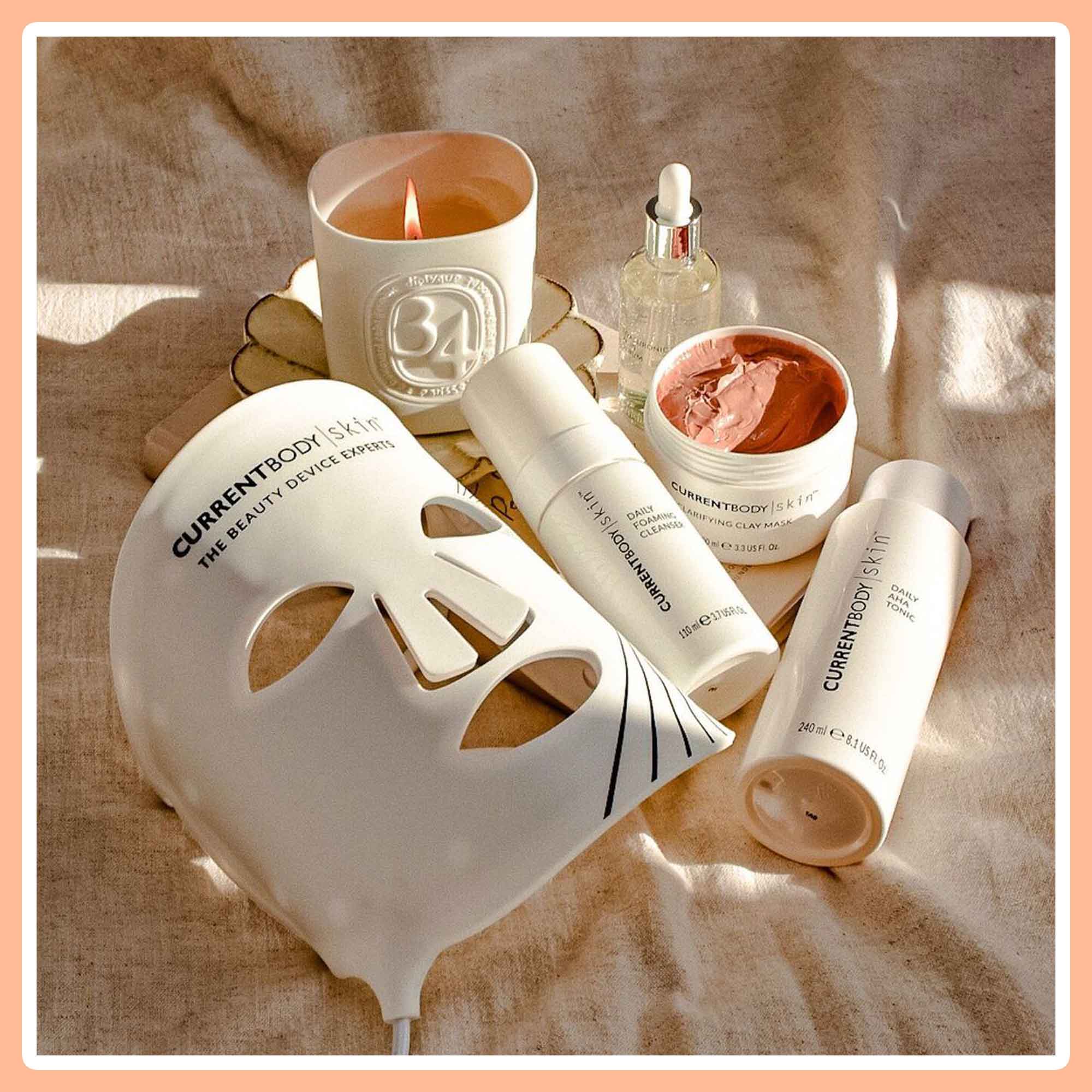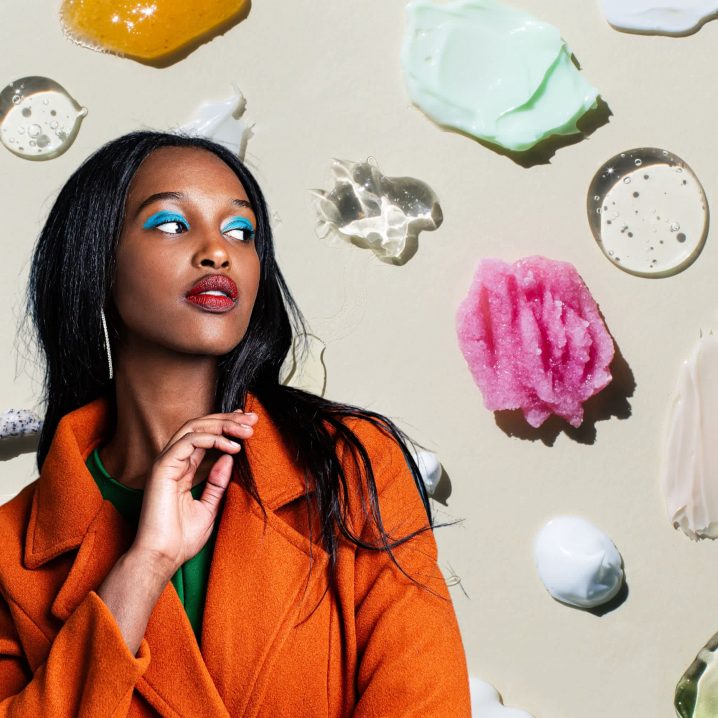
- POPSUGAR Australia
- Beauty
- We Asked a Cosmetic Doctor What the Best Products for Rosacea Are
We Asked a Cosmetic Doctor What the Best Products for Rosacea Are

As POPSUGAR editors, we independently select and write about stuff we love and think you’ll like too. POPSUGAR has affiliate and advertising partnerships so we get revenue from sharing this content and from your purchase.
Flushing, burning, changes in skin texture and acne-like breakouts. All no fun, all signs that you may be suffering from rosacea.
However, if that’s you, you’re in good company. Dita Von Teese, Cameron Diaz, Diana Princess of Wales, Bill Clinton and Sofia Vergara have all dealt with rosacea as well.
Cosmetic doctor Dr Yalda Jamali confirms that while the causes of rosacea are poorly understood, the disorder itself is common. “It’s a prevalent skin condition that affects 1-in-10 people,” she tells POPSUGAR Australia. While symptoms often appear in the early twenties, they can also crop up in patients aged 30-60.
According to Dr Jamali, rosacea warning signs are “facial flushing, redness, spots, a thickening of the skin and eye problems like dry eyes and sore eyelids”. While direct causes of rosacea are not understood, sun damage, fragile blood vessels prone to leakage and genetics are all risk factors.
Rosacea-prone skin is often dry and reactive to environmental stressors. “Sun and heat, exercise, alcohol, spicy food and coffee can all exacerbate rosacea symptoms,” says Dr Jamali. Unfortunately, stress can also cause flare-ups, which is unfair as the unpredictable nature of rosacea is a stressor in itself! It’s easy to feel like you’re walking on eggshells with your skincare routine.
Related: Can You Get a Chemical Peel If You Have Rosacea?
Dr Jamali says if you have rosacea, you should engage a GP or dermatologist to discuss prescriptive topical treatments to treat flare-ups. Professional treatments can also assist with associated symptoms. Vascular laser, intense pulsed light therapy (IPL) and laser genesis can be used to treat vascular lesions (spider veins), redness and uneven texture associated with rosacea.
But at-home care is also important in the management of rosacea. The right skincare can assist in treating dryness and minimising inflammation while boosting the skin barrier. These are Dr Jamali’s recommended products and ingredients for managing your rosacea.
The Best Products For Rosacea:
Azelaic Acid:
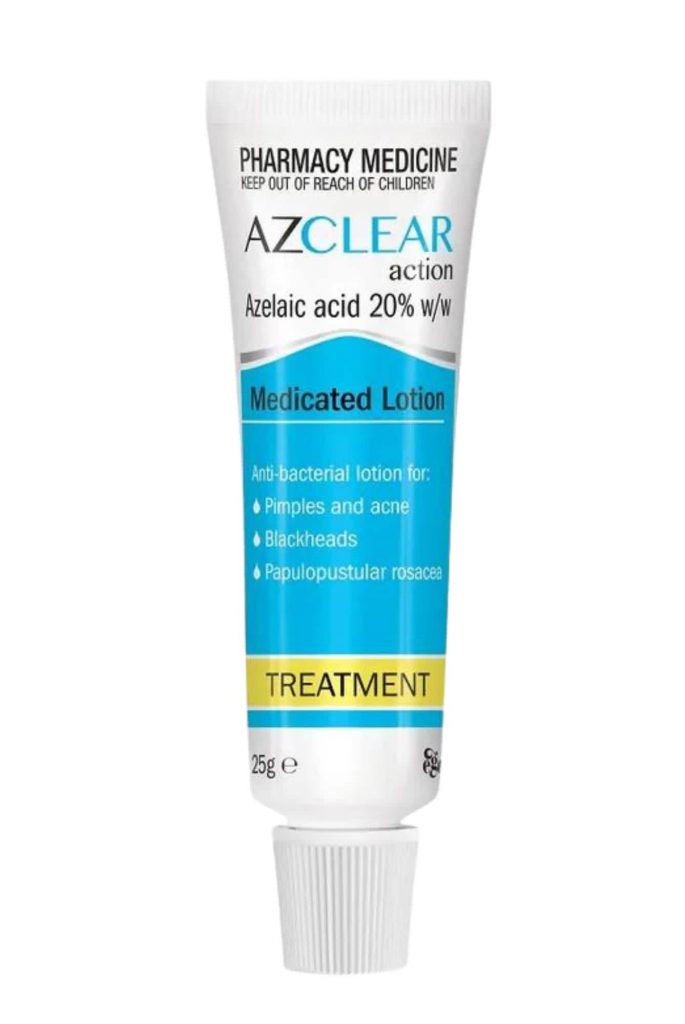
“Azelaic acid is anti-inflammatory, antibacterial and improves redness,” explains Dr Jamali. Azelaic acid is also beneficial in the treatment and prevention of acne and hyperpigmentation because it is “comedolytic” — penetrating comedones and pores associated with acne and keratosis pilaris, without the potentially irritating effects of salicylic acid.
Products like The Ordinary, Azelaic Acid Suspension 10% are currently unavailable in Australia. While the TGA reviews azelaic acid, the ingredient is only available at pharmacies. The plus? Pharmacy brand azelaic acid are cheap and well reviewed. The widely available Azclear Action Medicated Lotion, 20% (currently $13) is available via Pharmacy Online.
Gentle Cleanser:
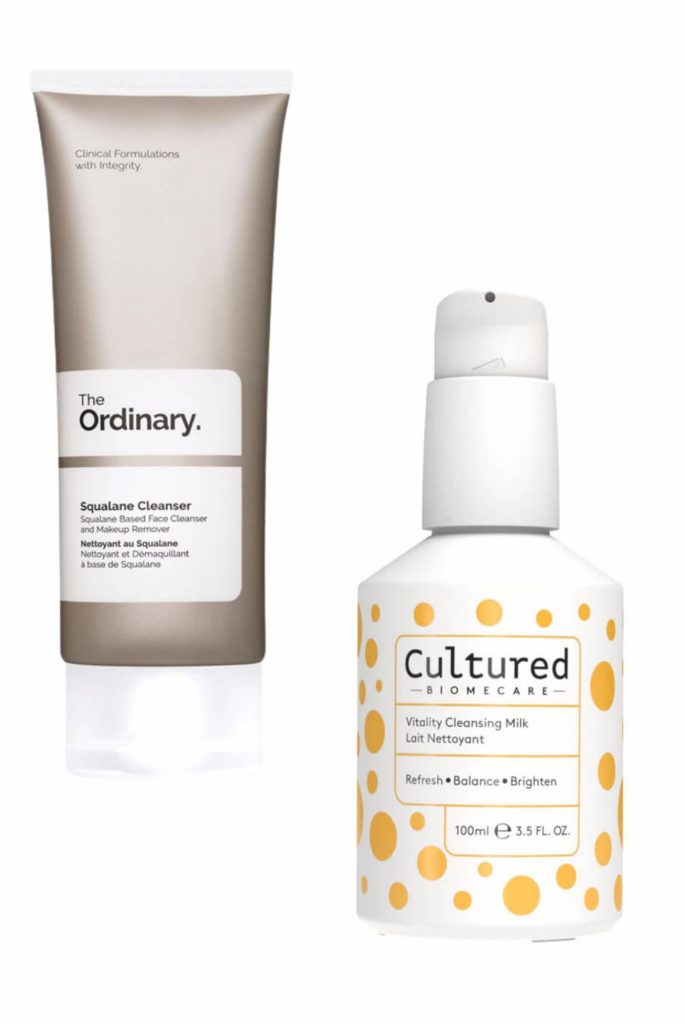
Dr Jamali advises the use of a cleanser that’s as gentle as possible. “Avoid all exfoliating and foaming washes,” she advises. Even gentle foaming washes are designed to have some drying action on the skin, and rosacea skin types need all the hydration they can get. Consider The Ordinary, Squalane Cleanser, ($14 for 50ml or $35 for 150ml).
Alternatively, a microbiome-safe, cream-based cleanser is an excellent option. The Cultured, Vitality Cleansing Milk ($58) is a lipid-rich option that removes oil and dirt while maintaining your skin balance.
Niacinamide:
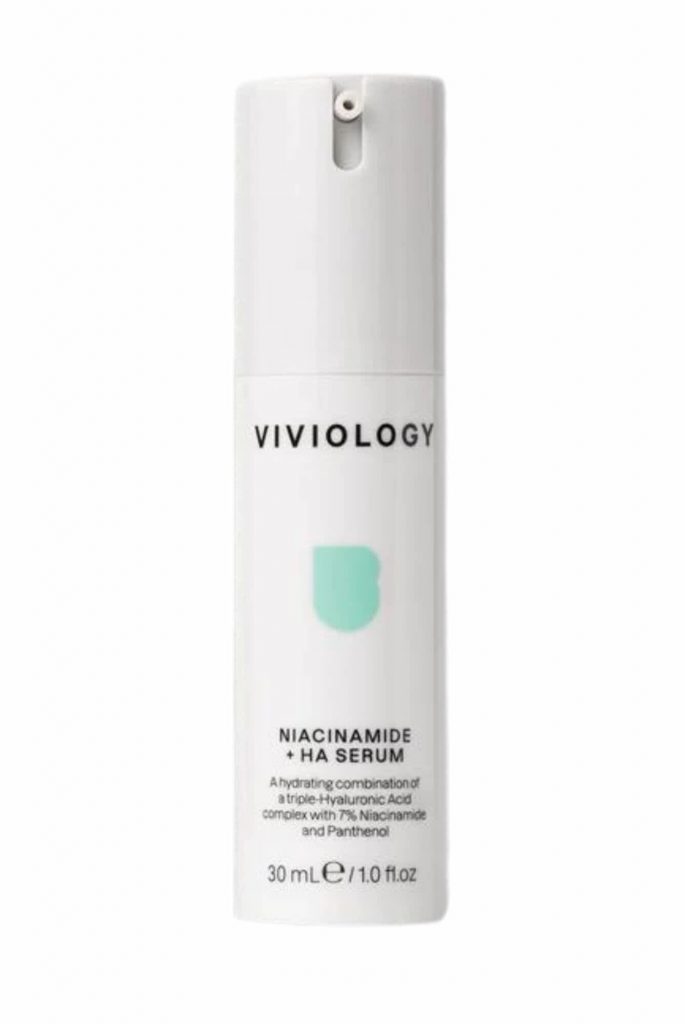
“Niacinamide is a powerful antioxidant that helps repair the skin barrier,” says Dr Jamali. Another multi-tasking antioxidant, niacinamide inhibits melanin production, and regulates sebum, making it an excellent multi-tasker.
Viviology, Niacinamide + HA Serum ($49) is a glorious niacinamide serum. Created by dermal therapist James Vivian, the product contains 7% niacinamide, along with a triple hyaluronic acid complex and panthenol (Vitamin B5), an antioxidant that reduces the sensation of irritation and calms inflammation.
Hyaluronic Acid:
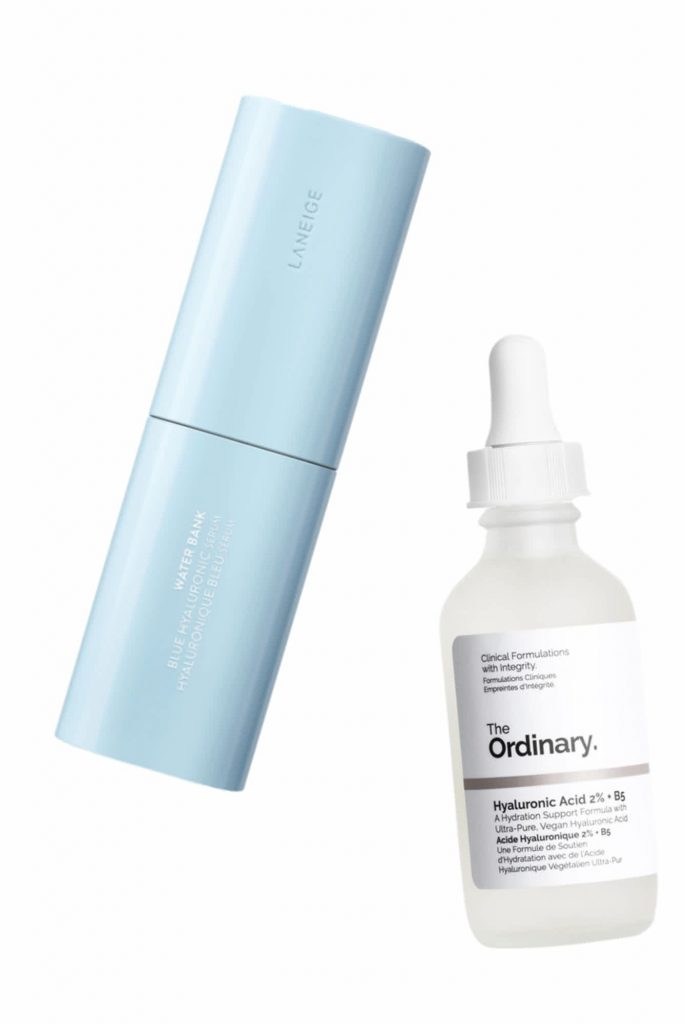
“The only ‘acid’ — other than azelaic — that rosacea skin types should be using is hyaluronic acid,” quips Dr Jamali. Rosacea skin types have a hard time retaining water in the skin and are therefore more prone to inflammation and irritation that can trigger flare-ups. Hyaluronic acid is skin-identical, and, as Dr Jamali explains, “it’s super hydrating and gentle.”
You will find hyaluronic acid at all different price points. The Ordinary, Hyaluronic Acid 2% + B5 ($23 for 60ml) is an affordable favourite. Another intriguing new entry is Laneige, Waterbank Blue HA Serum ($63)
Wondering what “blue” hyaluronic acid is? So was I. Blue hyaluronic acid is a blend of hyaluronic acid, with fucoidan a “long chain polysaccharide” found in brown seaweed with potent anti-ageing properties. The serum also contains peptides, which increase skincare efficacy and anti-ageing results and green tea extract for antioxidant protection.
Ceramides:
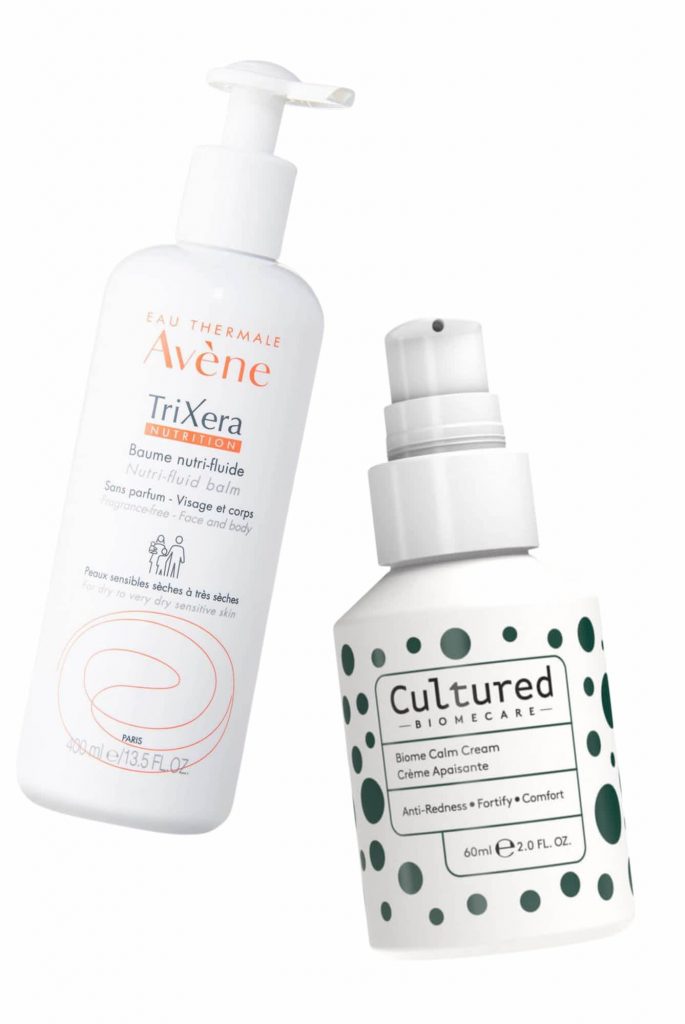
Dr Jamali advises selecting a moisturiser that contains ceramides. “They improve the skin’s barrier,” and essentially, “the ability to retain water.”
There are plenty of barrier-repairing moisturisers to choose from. Eau Thermal, Avène’s TriXéra Nutrition Nutri-Fluid Balm (currently $21), contains ceramides and fatty acids and is fragrance-free, making it a perfect barrier protecting product for rosacea-prone skin types.
Another more sciency option is Cultured, Biome Calm Cream ($118). This lotion desensitises skin to inflammation with fermented mushroom extracts that block the TRPV1 skin receptor. Meanwhile, piperopnyl glucos reduces skin redness by regulating blood vessel expansion. You can read a POPSUGAR rosacea-prone editor’s review below.
Related: This Microbiome Moisturiser Calmed My Angry, Rosacea-Prone Skin in Just 24 Hours
Sunscreen:
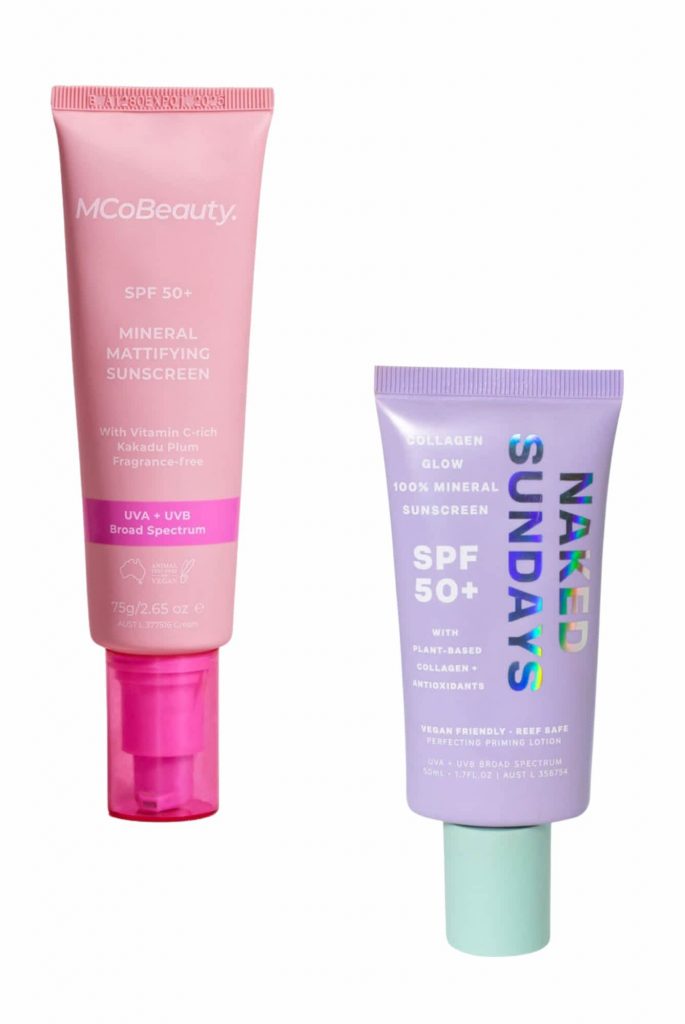
Given rosacea can be both triggered and aggravated by sun damage, SPF is a non-negotiable.
“It’s the most important!,” says Dr Jamali, “It minimises flare-ups due to sun exposure.”
However, finding the right SPF is important. “Some ingredients found in sunscreens can irritate rosacea,” Dr Jamali explains, suggesting you “opt for a mineral-based SPF.”
Look for sunscreens that contain zinc oxides and titanium dioxide, and use an oil cleanser to remove them to decrease rubbing and irritation. Popular options include MCoBeauty, Mineral Mattifying Sunscreen, ($35) — this is a great option for fairer skin tones as it doesn’t have a tint. Another fan favourite is the Naked Sundays, SPF50+ Collagen Glow 100% Mineral Perfecting Priming Lotion ($40). This one has a light tint that will be suitable for most skin types.


